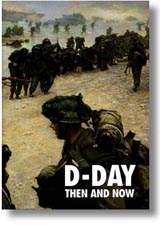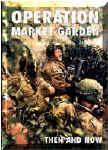Description
Heeresgruppe Weichsel (Vistula) was created on the order of Adolf Hitler in part to “organize the national defense on German soil.” Despite the importance of this new command, its operations in the final months of the war prior to the Soviet attack on Berlin have received little historical attention in the west. Relying on primary documents from Heeresgruppe Weichsel and Oberkommando des Heeres that are reprinted in their entirety along with summary translations, this new volume examines why the command came into existence, what was its priority compared to that of other commands in the East, and how that translated into men and material support for its combat divisions. Specific attention is given to the daily operational deployments of the Heeresgruppe divisions and how they were reconstructed after the brutal combat in Pomerania. The differences between Himmler and Heinrici’s command styles are examined and questions are raised about what, if anything Himmler contributed to Germany’s final defense. Hitler’s operational goals are also revealed for the first time through his daily guidance issued to the East Front field commands during the last month of war. Surprisingly, Heeresgruppe Weichsel and Berlin’s defense were not among his top priorities. Operations of the 3.Panzer Armee are presented through the perspective of its three senior officers. The previously unpublished wartime diary of General der Infanterie Martin Gareis and the postwar interviews of Generaloberst Hasso-Eccard Freiherr von Manteuffel, and Generalmajor Burkhart Mueller-Hillebrand provide detail on the situation of the Armee through the end of the war and offer insights into key military and political personalities of the Third Reich. A. Stephan Hamilton’s second volume in The Oder Front 1945 series offers a wealth of new information on arguably Germany’s single most important command during the final months of the war in Europe.
Hardcover, 8.5 x 12, 600 pages, 4 photographs, 250 documents, 38 maps.





